Easter is almost upon us again! Winter is drawing to a close, and Spring is starting to show signs of making an appearance. Celebrate your Easter morning and the start of spring by coloring your Easter eggs with traditional natural egg dyes. Natural egg dyes are made from plants and food scraps and contain no chemicals!
Easter in the religious calendar celebrates the resurrection of Jesus Christ and naturally dyed Easter eggs were traditionally given as gifts before chocolate and candy were introduced. Some say that red-dyed eggs were given as a reminder of 'The blood of Christ shed during the crucifixion". Nowadays the act of giving Easter eggs has become more of a popular activity involving chocolate egg hunts.
Natural egg dyes are easy to make at home, coloring the Easter eggs with them is a great craft activity for kids! All the eggs given on Easter morning usually end up served at Easter Brunch, along with many baked goods, brightly colored sweets, and specially prepared foods.
How To Make Your Own Natural Egg Dyes
These days, most folks will go out and buy chemical dyes to dye their Easter eggs. You can save a bit of money, though, and simply use vegetable scraps from the kitchen to make your own natural Easter egg dyes!
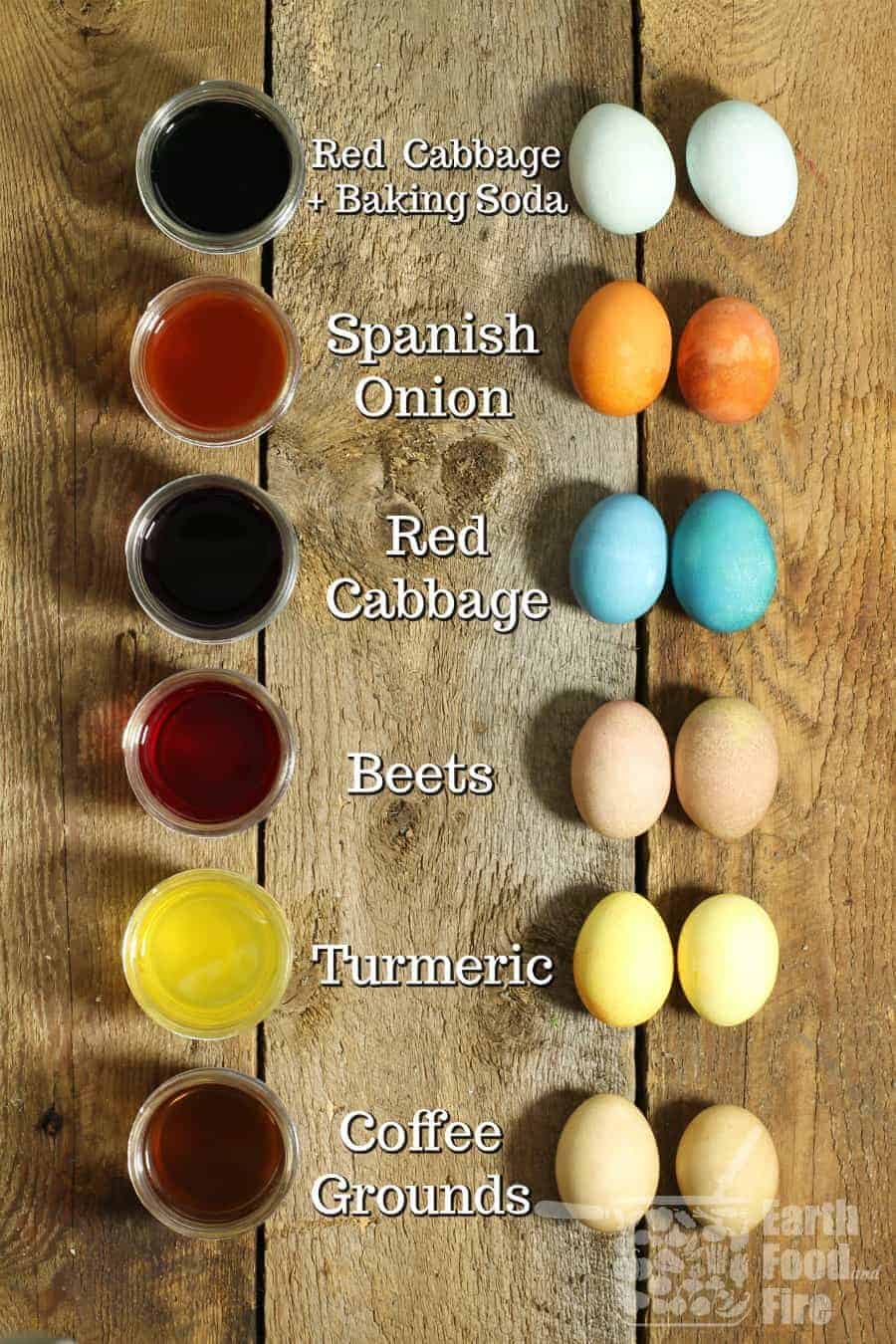
Since all plants contain various natural pigments, with a little know-how, it's easy to make your own natural egg dyes for Easter.
You can create fancy patterns by wrapping the eggs with leaves, ferns, and flower petals in a stocking or cheesecloth before dying. A white crayon can also be used to draw patterns or pictures on the eggs prior to dying.
Dyeing Easter Eggs at Home
There are generally two methods used to naturally dye boiled Easter eggs.
- The first is the 'Hot Method', in which the eggs are boiled in water with the individual natural egg dye ingredients until the desired color is reached. The eggs are then cooled in the liquid to further intensify the color.
- The second method for naturally dyed Easter eggs is the 'Cold Method', which is my preferred way. In this method, the natural egg dye and boiled eggs are prepared separately. The boiled eggs are then placed in the dye overnight to color.

I prefer the cold method because you have much more control over three things:
- The done-ness of the egg
- The intensity of the color - more vibrant colors are produced by soaking the eggs longer.
- Any patterns you may want to imprint on the egg
I've included recipes for six easy to make natural egg dyes below, using readily available ingredients. They all follow the same method of preparation, which makes the task simple. Natural egg dyes can be made ahead and stored in the refrigerator for later use!
Did you know that brown and white eggs will react differently to natural egg dyes? Use this to your advantage and create stunning dyed eggs for Easter!
Homemade Easter Egg Dye Colors
So, let's get to it and make some home made Easter egg dyes! For each of the various natural egg dyes listed below, take the plant material and simmer it in the water for 10 to 15 minutes unless otherwise noted. After simmering, stir in the vinegar and let the dye cool to room temperature. Strain the natural Easter egg dye and store in glass jars for later use.
- The vinegar sets the dye, so don't add it to the liquid before you have a hue you are happy with! Dab a little of the dyed water on a white plate to see what the color is like.
- To achieve evenly dyed eggs, rinse and dry the cooled-down boiled eggs before dying to remove any residue on the eggshell.
- For a deeper and richer color, place the eggs in the dye bath twice. Let them air dry in between and then rub with a pinch of coconut oil for a glossy sheen.
Pink and Red Natural Egg Dye:
- 1 red Beet peeled and diced - beet juice can also be used
- 2 cups of water
- 1 tablespoon vinegar
Note: The longer the eggs sit in the dye, the deeper the red color will be. 1 hour for pink, 3+ hours for red.
Blue & Green Natural Egg Dye:
- ¼ red cabbage chopped or shredded
- 2 cups of water
- 1 tablespoon vinegar
Note: If using brown eggs with this dye, the eggs will be dyed green
Yellow Natural Egg Dye:
- 1 tablespoon Turmeric
- 2 cups of water
- 1 tablespoon vinegar
Orange Natural Egg Dye:
- 1 cup packed yellow onion skins (The dry flakey bits) or 3 tablespoons chili powder
- 2 cups of water
- 1 tablespoon vinegar
Tan Natural Egg Dye:
- 1 cup used coffee grounds or black coffee
- 2 cups of water
- 1 tablespoon vinegar
Light Aqua Natural Egg Dye:
- ⅓ red Cabbage Shredded
- 2 cups of water
- 1 teaspoon baking soda
- 1 tablespoon vinegar
Note: Simmer the cabbage for 30 minutes, then add the baking soda to the dye. Let the dye cool, before stirring in the vinegar.
The homemade Easter egg dye can all be prepared in advance and stored in mason jars in the fridge. You can then place the eggs into the dye the night before Easter to have naturally dyed Easter eggs ready for the next morning.
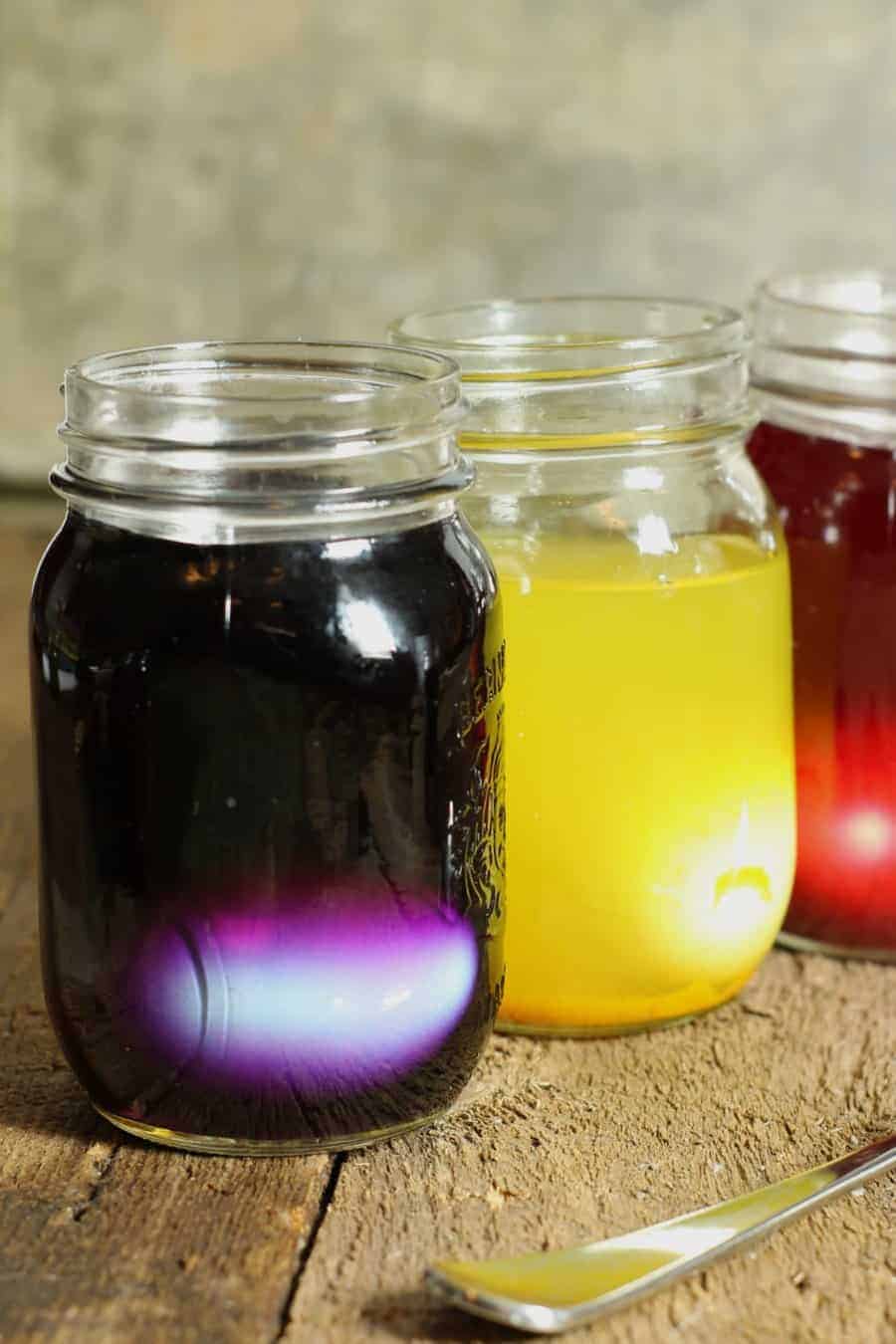
I tend to boil my eggs the night before Easter and simply place the eggs in the jars of dye the night before Easter. The longer the eggs sit in the dye the stronger the pigment will be.
Have you seen our web story on making your own Easter egg dyes? Find it here: Natural Easter Egg Dyes
Made the recipe or have a color combo you tried that's not listed? Comment & Rate the post below, then take a picture and tag me on Facebook & Instagram: @earthfoodandfire . For more from scratch recipes follow me on Instagram & Pinterest
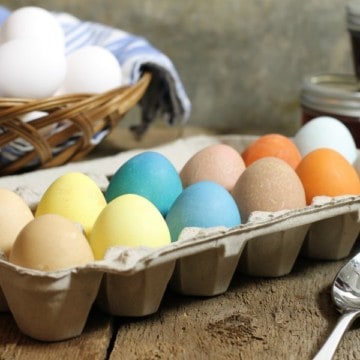
Naturally Dyed Easter Eggs
Materials Needed
Pink/ Red Easter Egg Dye
- 1 Beet peeled and diced
- 2 cups water
- 1 tablespoon vinegar
Blue/Green Easter Egg Dye
- ¼ red cabbage chopped or shredded
- 2 cups Water
- 1 tablespoon Vinegar
Yellow Easter Egg Dye
- 1 tablespoon Turmeric
- 2 cups Water
- 1 tablespoon vinegar
Orange Easter Egg Dye
- 1 cup packed Spanish onion skins The dry flakey bits
- 2 cups Water
- 1 tablespoon vinegar
Tan Easter Egg Dye
- 1 cup used coffee grounds
- 2 cups Water
- 1 tablespoon vinegar
Aqua Easter Egg Dye
- ⅓ red Cabbage Shredded
- 2 cups Water
- 1 teaspoon baking soda
- 1 tablespoon vinegar
Instructions
- Take the plant material and simmer it in the water for 10 to 15 minutes unless otherwise noted.
- After simmering stir in the vinegar and let cool to room temperature.
- Strain the homemade Easter egg dye and store in glass jars for later use.

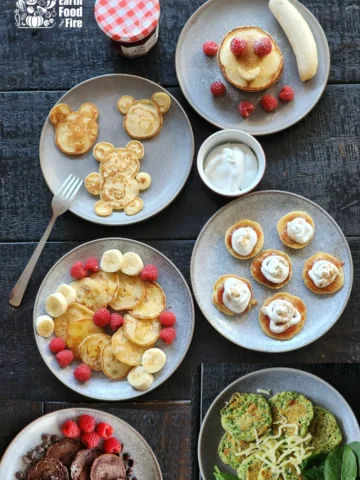

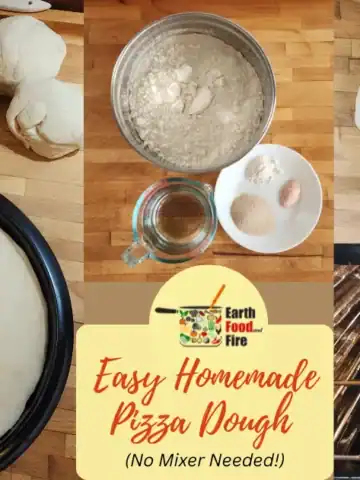

Comments
No Comments